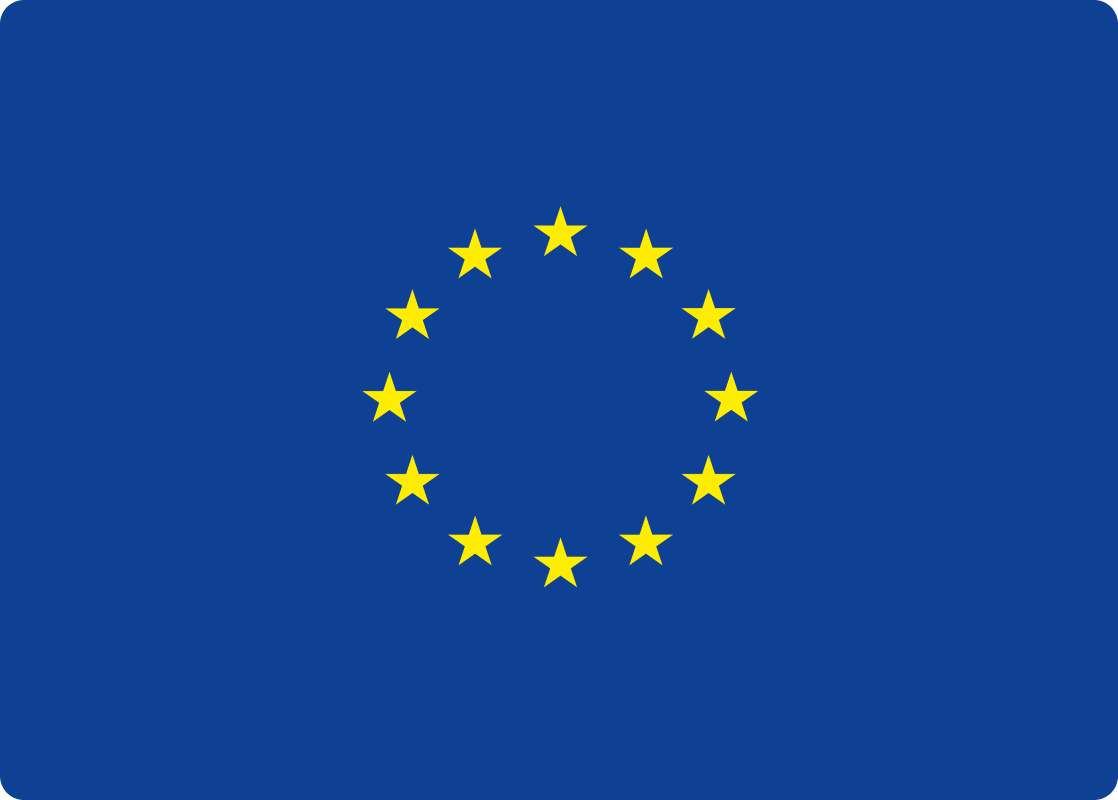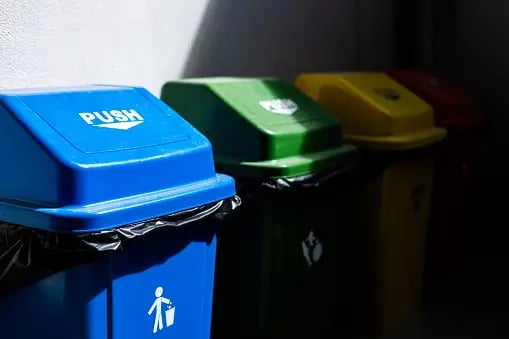

Global/EU-Taxonomy
Sustainable Finance Taxonomy Regulation
The EU Sustainable Finance Taxonomy is a classification system established by the European Union to define environmentally sustainable economic activities.

Direct investments towards sustainable projects
Guide financial flows towards activities that contribute to the EU's environmental goals, such as mitigating climate change and protecting biodiversity.
Promote transparency and prevent greenwashing
Provide a clear definition of "sustainable" to help investors make informed decisions and prevent companies from misleading them about their environmental impact.
Support the transition to a low-carbon and environmentally friendly economy
Encourage businesses to adapt their operations towards sustainability by outlining the criteria for economic activities to be considered environmentally friendly.
Six environmental objectives
The taxonomy defines six environmental objectives: climate change mitigation, climate change adaptation, sustainable use and protection of water and marine resources, circular economy, pollution prevention and control, and protection and restoration of biodiversity and ecosystems.
Technical screening criteria
For each objective, a set of specific technical screening criteria is established. These criteria determine whether an economic activity can be considered "sustainable" in the context of that objective. These include factors like:
- Do No Significant Harm (DNSH) principle: The activity should not significantly harm any of the other environmental objectives.
- Substantial contribution: The activity should make a significant contribution to at least one environmental objective.
- Minimum safeguards: The activity needs to meet minimum social and governance safeguards.
The EU Sustainable Finance Taxonomy is still under development and being updated gradually. It is currently used by various regulations and initiatives within the EU's Sustainable Finance Framework, impacting both public and private actors involved in sustainable investments.
The EU taxonomy regulation primarily impacts the following entities:
- EU companies - Large public interest companies with over 500 employees must disclose the taxonomy alignment of their activities in non-financial reporting.
- Financial companies - Banks, insurers, investors, asset managers must disclose the taxonomy alignment of their offerings and portfolios marketed as environmentally sustainable in the EU.
- Member states - Expected to use the taxonomy as a reference when setting policies, incentives and standards that promote sustainable investment and reporting.
- Standard setters - Need to integrate taxonomy criteria into relevant standards and frameworks on sustainability reporting and disclosures.
- Data providers - Must incorporate taxonomy alignment data into ESG research, ratings, tools and analytics.
- Verifiers - Will be responsible for independently auditing taxonomy disclosures made by companies.
- Non-EU companies - Exporters into the EU and subsidiaries of non-EU companies operating in the EU will need to provide taxonomy-aligned data.
- EU regulators - Oversee implementation across sectors, review taxonomy alignment disclosures, and take enforcement action where necessary.
June 2020
Taxonomy Regulation came into force, establishing the framework.
April 2021
Delegated Acts finalised for first two objectives - climate change mitigation and adaptation.
Jan 2022
Climate Delegated Acts applied for 'large public interest companies'.
Jan 2023
Financial market participants must comply with climate Delegated Acts for disclosures.
Jan 2023
Extended taxonomy reporting for 'large public interest companies'.
Jan 2024
Possible application date for the next four environmental objectives.
End 2024
Review of current rules and expansion to social objectives under discussion.
2025 Onwards
Ongoing reviews to update technical criteria and implementation.
As one platform for sustainability, our Enterprise product can support you with the EU taxonomy today
The Rio Roundup
We believe Sustainability is for everyone. Read our free breakdown of the latest global sustainability trends.

Empowering Private Equity through Sustainability Integration
14 April, 2025 / Events,
Streamline Sustainability in PPP Projects with Rio AI
18 March, 2025 / Industry, Innovation, and Infrastructure, Decarbonisation,


